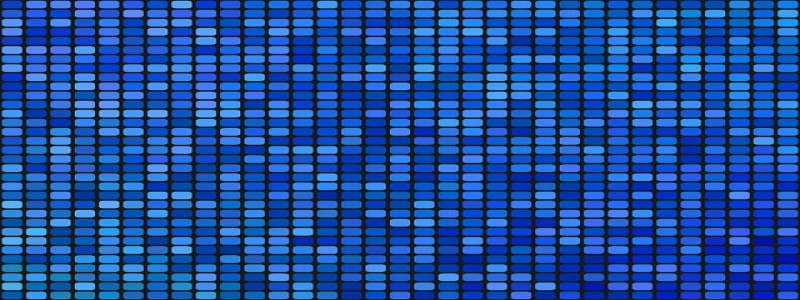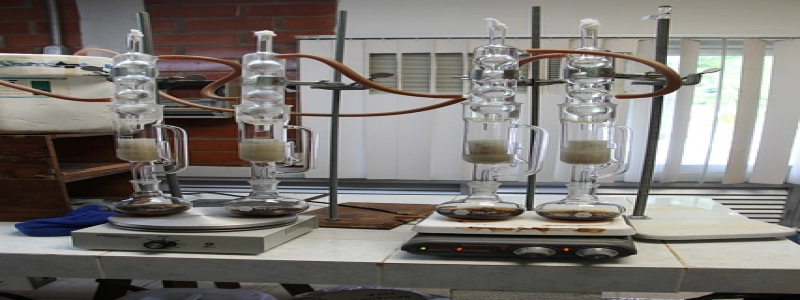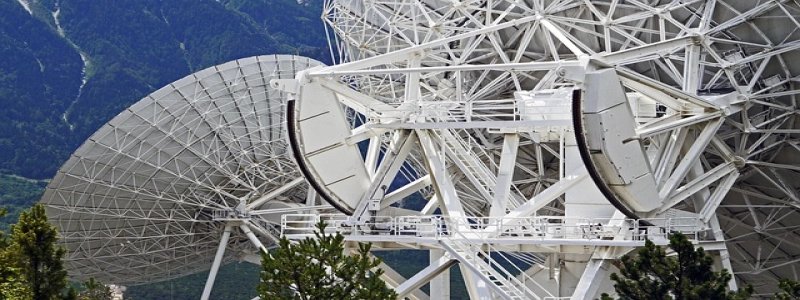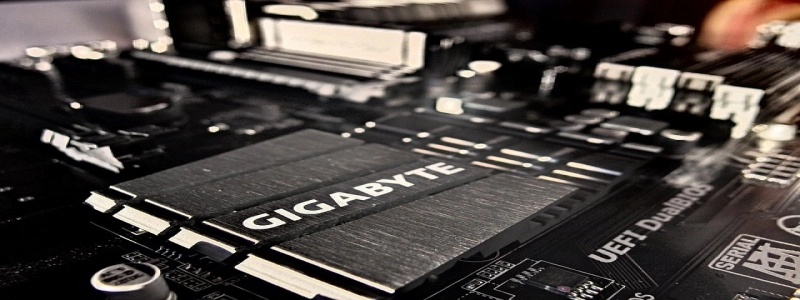Fiber Optic Cable 9/125
Introduction:
Fiber optic cables have revolutionized the field of telecommunication by providing faster and more reliable data transmission. Among the various types of fiber optic cables available, the 9/125 cable is widely used for long-distance communication and high bandwidth applications. In this article, we will explore the features, benefits, and applications of the 9/125 fiber optic cable.
I. What is a 9/125 fiber optic cable?
A. Definition: The 9/125 fiber optic cable refers to its core and cladding diameter specifications. The ‘9’ indicates a core diameter of 9 microns, while the ‘125’ represents the cladding diameter of 125 microns.
B. Comparison to other cables: The 9/125 cable is the most common single-mode fiber optic cable used in telecommunications. It has smaller core and cladding sizes compared to multi-mode cables, allowing for greater transmission distance and higher bandwidth.
II. Features of the 9/125 fiber optic cable:
A. Single-mode: The 9/125 cable supports single-mode transmission, which means it allows a single beam of light to travel through the fiber. This results in a higher transmission speed and lower signal loss over longer distances.
B. Low attenuation: Due to its small core and cladding sizes, the 9/125 cable has lower attenuation than multi-mode cables. This means that it can transmit data over longer distances without significant signal loss.
C. Immunity to electromagnetic interference: Unlike traditional copper cables, fiber optic cables, including the 9/125 cable, are immune to electromagnetic interference, making them suitable for areas with high electrical noise.
III. Benefits of the 9/125 fiber optic cable:
A. High bandwidth: The 9/125 cable offers a high bandwidth capacity, making it ideal for applications that require large data transfer rates, such as telecommunication networks and data centers.
B. Long transmission distance: With its single-mode transmission and low attenuation, the 9/125 cable can transmit data over long distances without the need for repeaters or amplifiers.
C. Secure communication: Fiber optic cables are more secure than traditional cables as they do not emit electromagnetic signals that can be tapped or intercepted. This makes the 9/125 cable a preferred choice for transmitting sensitive information.
IV. Applications of the 9/125 fiber optic cable:
A. Telecommunication networks: The 9/125 cable is used extensively in long-distance communication networks, including internet backbones, connecting cities, and transcontinental networks.
B. Data centers: High-speed data transmission between servers and storage devices within data centers relies on the 9/125 cable to ensure minimal latency and maximum reliability.
C. Industrial applications: The 9/125 cable is employed in various industrial settings, such as oil and gas refineries, power plants, and transportation systems, where reliable and high-speed communication is crucial.
Conclusion:
The 9/125 fiber optic cable plays a crucial role in modern communication systems by offering high transmission speed, low signal loss, and immunity to electromagnetic interference. Its unique specifications make it ideal for long-distance communication and high bandwidth applications. As technology continues to advance, the importance of the 9/125 cable in enabling faster and more secure communication will only increase.







